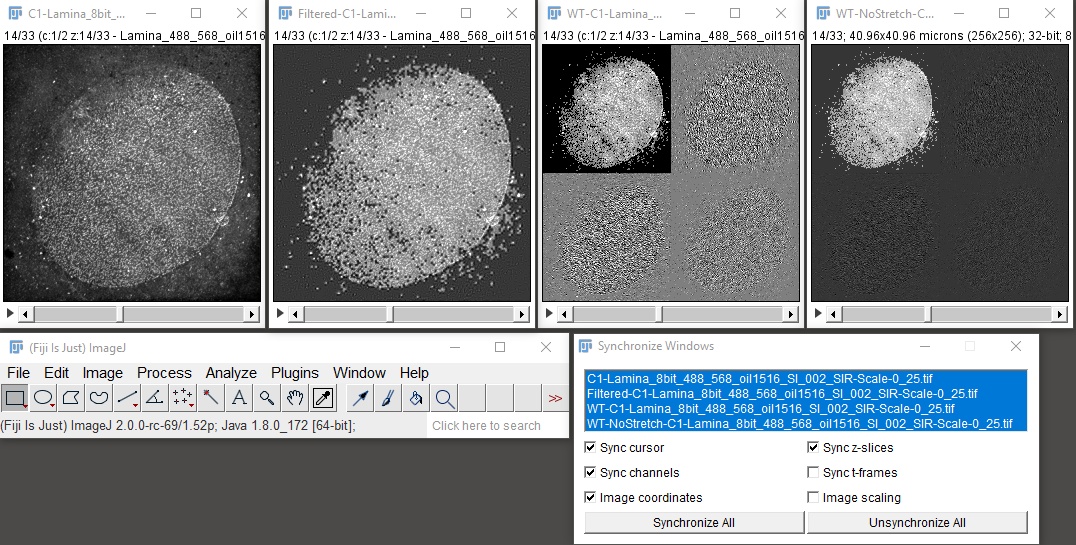

#Denoise image online software#
Another benefit of using image noise reduction software on either file type is that programs like ON1 NoNoise AI give you amazing results regardless of raw or jpeg. Raw files also work better when using software to reduce noise, there’s more data in these files for the software to interpret. Jpeg photos are compressed, so it is much more difficult to remove noise after the fact on jpeg photos, compared to raw. Raw files take up much more space on your memory card, but will result in photos that are much easier to adjust after you’ve taken them. These new technologies are incredible at removing noise and adding sharpness no matter the ISO. Also keep in mind that new software tools, such as an AI image denoiser, allow you to shoot at a much higher ISO to get the shot. In this case, you’ll have to use one of the other tips provided in this post. Sometimes, you have no choice but to increase the ISO, due to shutter speed or aperture constraints. Using a tripod can help you have the ability to open up your shutter speed, rather than the ISO, so the use of a tripod is generally recommended in low light situations. If you need to gather more light for your image, consider increasing the shutter speed or opening up the aperture. If you can, keep your ISO as low as possible for the least amount of noise. Increasing ISO of your photo will add more noise. In this post, we’ll look at a few of the best tips to reduce noise in your photography. Ultimately, noise reduction starts when you’re shooting your photos, but powerful software can help you to correct noisy images.

There are a few things you can do to help reduce the noise in your photos, one of the more useful ways is to use an AI image denoiser and we will get to that in a second. Despite massive advances in camera sensor technology over the years, noise is still a major issue for all different types of photographers. Digital grain, or noise, can’t always be avoided in photography.


 0 kommentar(er)
0 kommentar(er)
